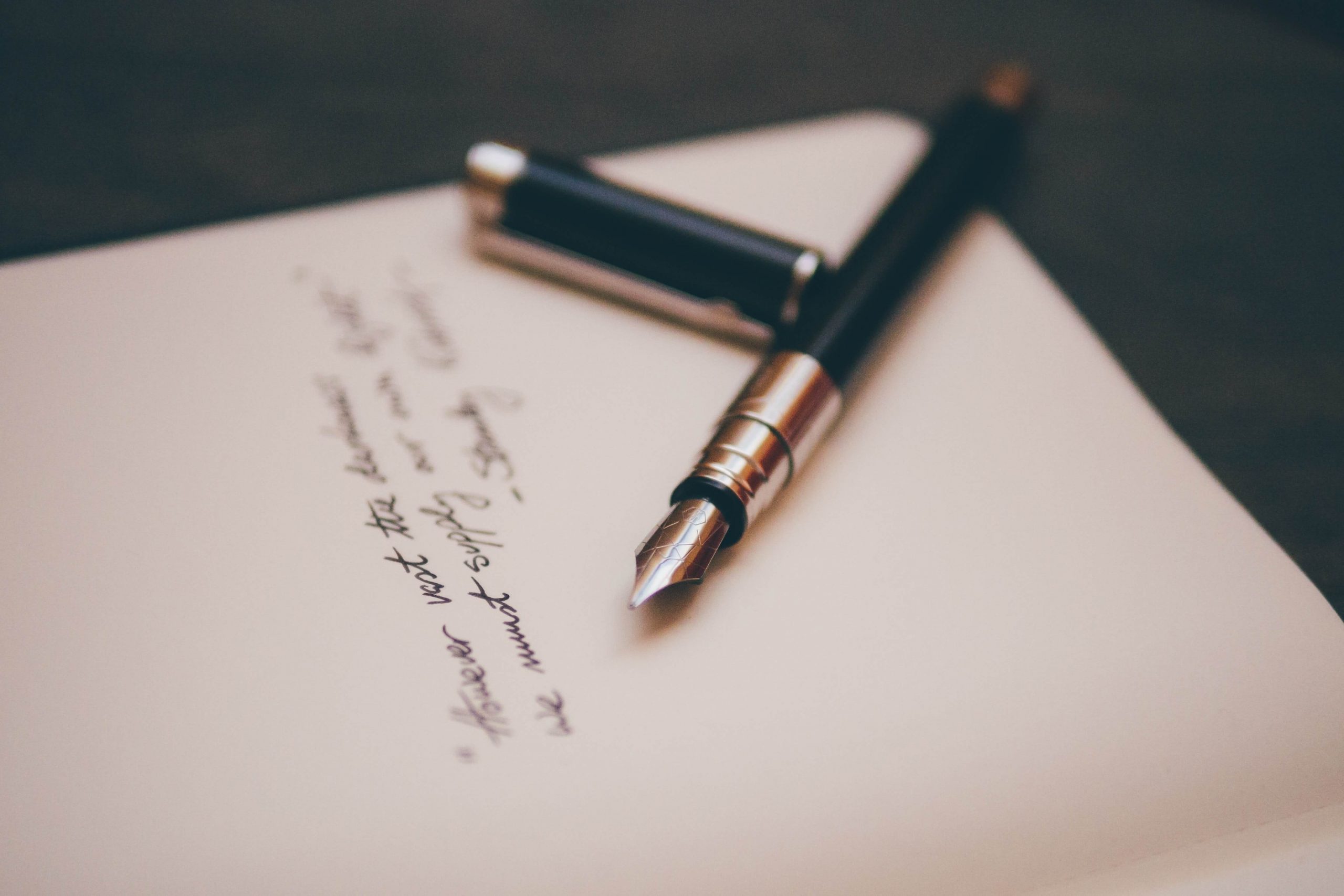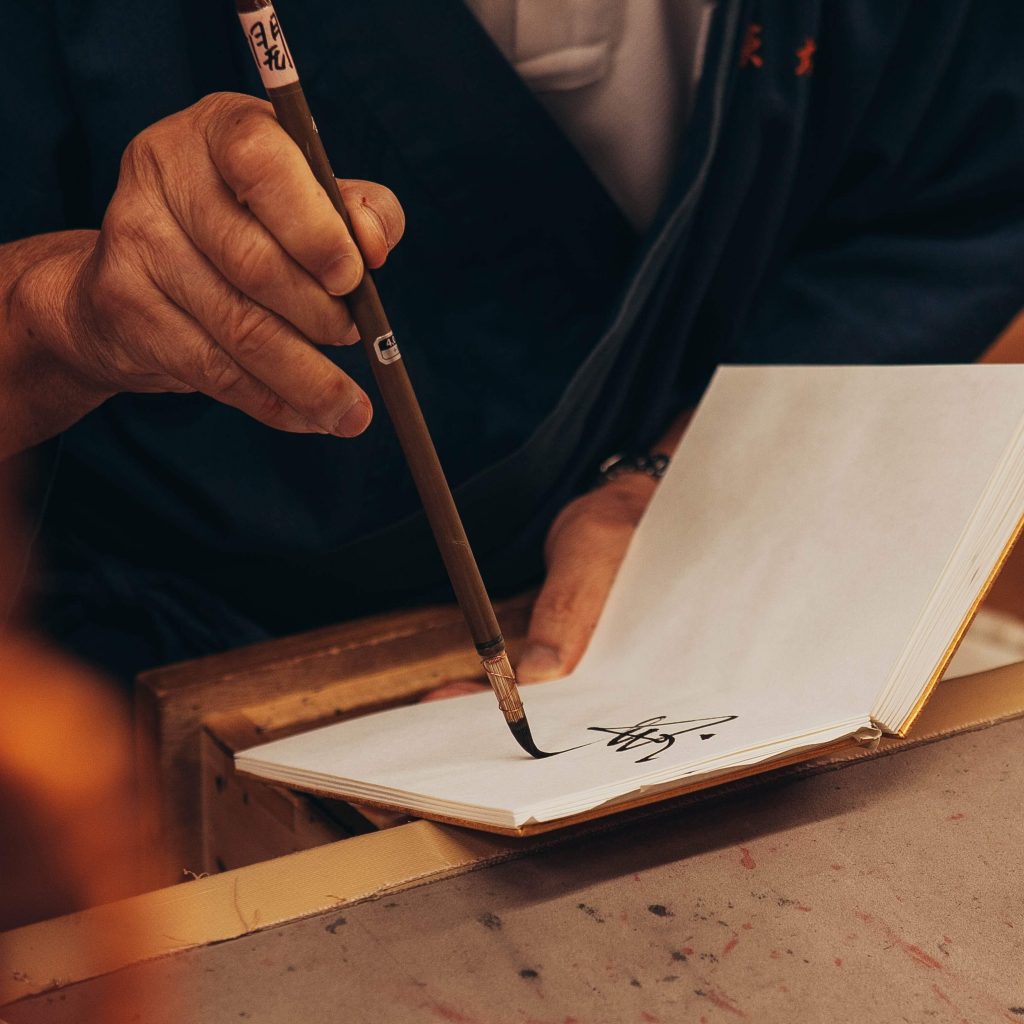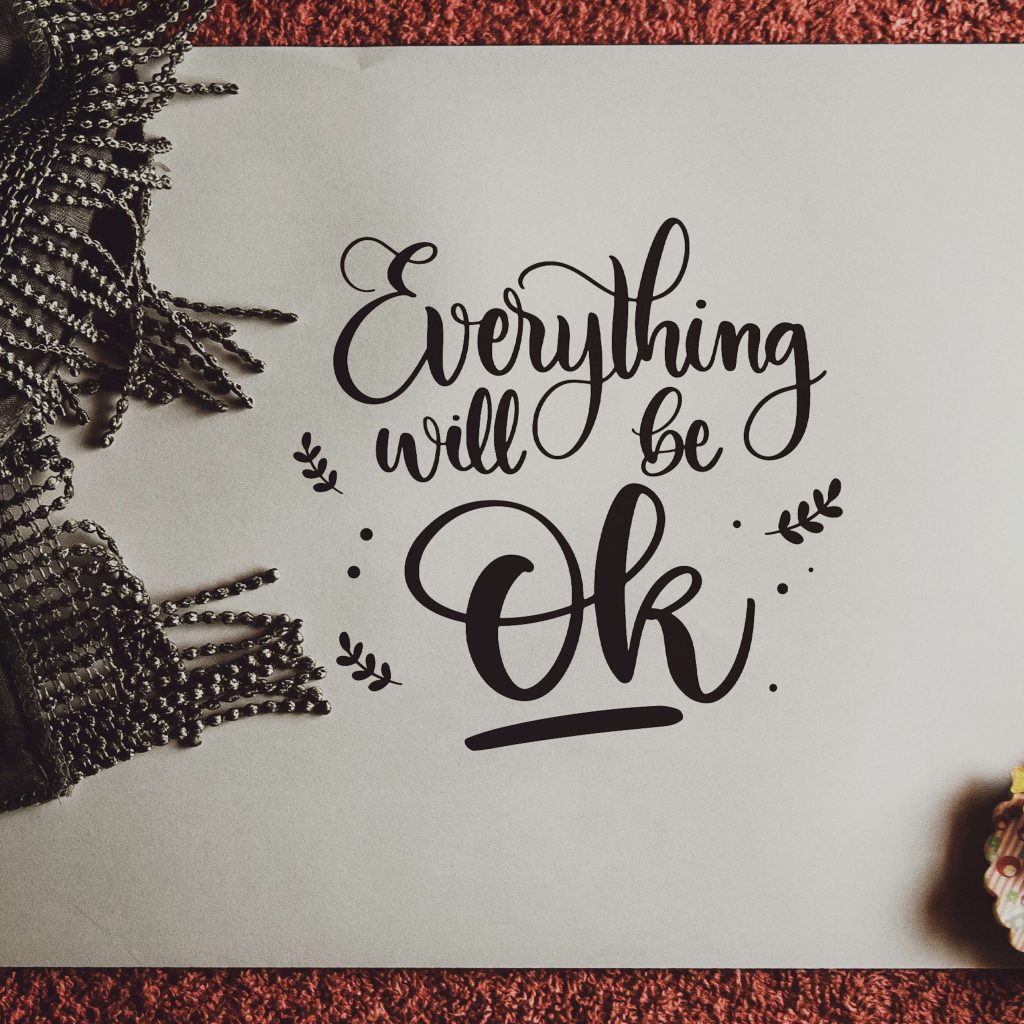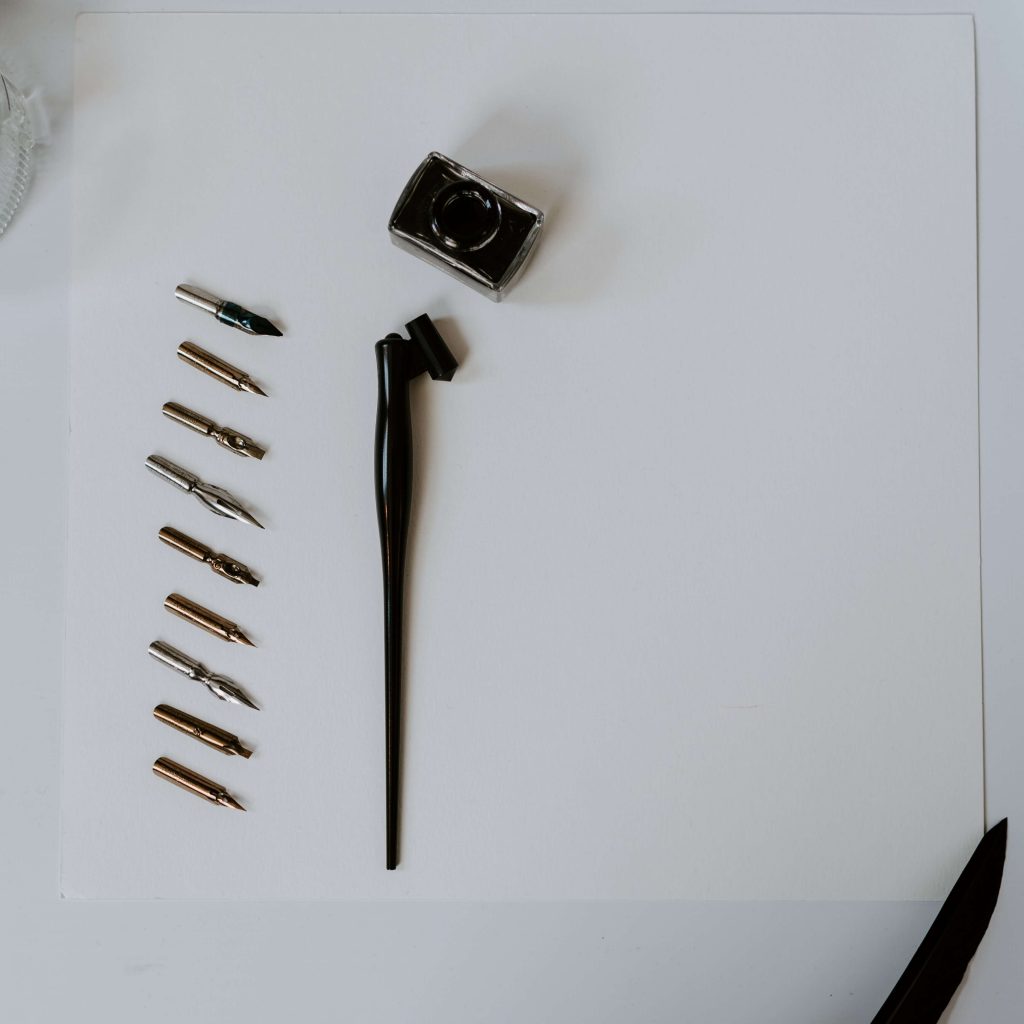
Calligraphy, or the art of beautiful writing, teaches patience and diligence, relaxes, and also allows you to realize yourself creatively. No wonder that in recent years it has enjoyed such popularity.
The return to calligraphy in times dominated by emoticons and short and often careless digital messages is a real phenomenon. Perhaps it is an expression of nostalgia for the old days, when life was slower and it was easier to find a place for silence. After all, calligraphy requires concentration and fits perfectly into the philosophy of slow life. It can also be a response to the human need to surround ourselves with what is beautiful. Therefore, aesthetic and handwritten letters arouse admiration in us and are used in contemporary graphic design
The word calligraphy comes from Greek – from kalós (beautiful, good) and gráphein (to write, paint). Traditional calligraphy required the practitioner to follow certain rules, such as holding the pen or brush at the proper angle. The art of beautiful writing was often associated with religious activities, painting, and good manners. Each culture developed its own particular calligraphic style. Different tools were used to write – goose feathers, bamboo, sticks – and they wrote on different materials – papyrus, paper, wood or silk.

Before the invention of printing in medieval Europe, books were transcribed by hand, and monastic scribes had to do it carefully and aesthetically. In Japan, calligraphy was inextricably linked with painting. Samurai also had to master the art of beautiful writing. In China already before our era produced a special paper xuan used mainly for calligraphy. In Arabic culture calligraphers were highly respected and valued, and beautiful writing soon became an ornament in itself. In Poland, since the 1960s calligraphy was a separate subject, which was taught in schools at the early stages of education.
Modern calligraphy gives a lot of freedom in the choice of techniques, style, tools, as well as the material on which we write. Calligraphy can be done on paper, textiles, glass, ceramics, metal, and even on the walls of buildings. Decorative handwriting is also used in tattooing. Writing can be done with nibs, pens, pencils, clipped or round tip pens, thin pens, promarkers, and brushes, among others.
Although modern calligraphy does not have as many rules to follow, you must remember that it requires aesthetics and neatness of composition. Proportionality of letters and consistency of style are also important.

Studies have proven that calligraphy stimulates brain activity, helps develop mindfulness, multitasking, concentration, and logical thinking. It’s also a way to relax and calm down – much like meditation or prayer. Calligraphy is also used in therapy for people suffering from post-traumatic stress, children with hyperactivity, and the elderly with dementia.
Calligraphy has formed independently in many cultures and countries, also based on different sign systems. We can divide it into
In addition to the types, calligraphy has developed many unique styles (typefaces) such as peasant capital, uncial, Copperplate (English italics) or Modern Gothic. For each style you need to choose the right tools.
To begin your calligraphy adventure, all you need is a nib, a cap, ink and paper.
There are two main types ofnibs: pointed and chisel nibs. The pointed nibs have varying degrees of flexibility and are ideal for typefaces such as English italics and modern calligraphy. Beveled nibs are inflexible. They can be right-handed, left-handed (for left-handers) or straight-bevelled
Nibs are the shafts into which you place your nibs. They can be straight or slanted (for slanted typefaces). They are made of different materials, mainly wood, but also plastic and resin. They can vary in thickness and color.

Brush pens are also often used in calligraphy and are suitable for writing on more challenging surfaces than paper.
When purchasing ink, it is important not to confuse it with ink. Calligraphy inks are thick, have saturated colors and are not water soluble. They require frequent mixing when working because they form suspensions. Drawing ink or liquid watercolors can be an alternative.
When choosing paper, pay attention to its hygroscopicity – the paper should not be too absorbent. It is also good to choose smooth paper, but not too slippery. However, ordinary printer paper is enough for the beginning.
You can start learning calligraphy at home. There are many exercise books available on the market as well as literature devoted to the art of beautiful writing. On the web you can easily find tutorials on blogs and tutorials. However, if you prefer to learn under the supervision of someone experienced, you can use the available courses and workshops or enroll in a calligraphy school. The most important thing is to practice and not to get discouraged at the very beginning. Every, even the smallest progress in the art of calligraphy brings a lot of satisfaction.